Understanding Marfan Syndrome: An Ayurvedic Perspective
Introduction
Understanding Marfan Syndrome: An Ayurvedic Perspective is a genetic disorder that affects the body’s connective tissues, which play a crucial role in supporting and anchoring other tissues and organs. This condition can impact various systems, including the skeletal, cardiovascular, and ocular systems. While Western medicine focuses on managing symptoms and preventing complications, Ayurveda, the ancient system of medicine from India, offers a holistic approach to health that emphasizes balance and wellness.
What is Marfan Syndrome?

Marfan Syndrome is caused by a mutation in the FBN1 gene, which encodes the protein fibrillin-1, crucial for the elasticity and strength of connective tissues. Individuals with Marfan Syndrome often exhibit tall stature, long limbs, and various cardiovascular problems, such as aortic dilation. Other symptoms can include eye issues like lens dislocation and skeletal deformities such as scoliosis.
While there is currently no cure for Marfan Syndrome, management focuses on regular monitoring and lifestyle adjustments to reduce complications. This is where Ayurveda can play a significant role.
The Ayurvedic Perspective
Ayurveda is based on the concept of balance among the three doshas: Vata, Pitta, and Kapha. Each individual has a unique constitution (Prakriti) that dictates their physical, mental, and emotional characteristics. The goal of Ayurveda is to maintain this balance and promote overall health through diet, lifestyle changes, herbal remedies, and therapies.
Identifying the Dosha Imbalances in Marfan Syndrome
- Vata Dosha: Characterized by qualities such as lightness, dryness, and mobility, an imbalance in Vata can lead to issues like anxiety and instability. Many symptoms of Marfan Syndrome, such as long limbs and a thin physique, may resonate with Vata characteristics.
- Pitta Dosha: Associated with qualities like heat and intensity, Pitta imbalances can lead to inflammation and overheating of the body. Individuals with Marfan Syndrome may experience issues like cardiovascular stress, which can be aggravated by Pitta imbalances.
- Kapha Dosha: This dosha embodies stability, structure, and fluidity. A deficiency in Kapha might contribute to weak connective tissues and structural issues, prevalent in those with Marfan Syndrome.
Ayurvedic Management of Marfan Syndrome
1. Diet and Nutrition
Nutrition is a fundamental aspect of Ayurvedic healing. A well-balanced diet can help maintain dosha equilibrium and promote overall health.
- Vata-Pacifying Foods: Incorporate warm, moist, and grounding foods like cooked grains, nuts, and healthy fats. Avoid excessive raw foods and stimulants that may aggravate Vata.
- Pitta-Pacifying Foods: Favor cooling, hydrating foods such as cucumbers, leafy greens, and sweet fruits. Minimize spicy and acidic foods that may increase inflammation.
- Kapha-Pacifying Foods: Encourage lighter, stimulating foods that are less oily, such as legumes and vegetables, to enhance energy and reduce heaviness.
2. Herbal Remedies
Ayurvedic herbs can provide support for the body’s systems and help manage symptoms.
- Ashwagandha: Known for its adaptogenic properties, it can help reduce stress and improve vitality.
- Guggulu: This herb is beneficial for cardiovascular health and may help manage cholesterol levels.
- Turmeric: With its anti-inflammatory properties, turmeric can be beneficial for managing inflammation and supporting joint health.
- Brahmi: Known for its cognitive benefits, it can help with mental clarity and focus.
Always consult with an Ayurvedic practitioner before starting any herbal regimen, as they can provide personalized guidance based on individual constitution and imbalances.
3. Lifestyle Modifications
Lifestyle choices play a crucial role in managing Marfan Syndrome from an Ayurvedic perspective.
- Yoga and Exercise: Incorporating gentle yoga can help enhance flexibility, strength, and balance. Focus on poses that promote stability and core strength, avoiding overly strenuous activities that may put undue stress on the cardiovascular system.
- Mindfulness and Meditation: Practicing mindfulness can help manage anxiety and stress, common issues for those with chronic conditions. Meditation techniques can promote mental clarity and emotional well-being.
- Daily Routines (Dinacharya): Establishing a daily routine can provide stability and predictability. This includes regular sleep patterns, meal times, and self-care practices.
4. Panchakarma: Detoxification and Rejuvenation
Panchakarma is a series of detoxification treatments in Ayurveda that can help cleanse the body and restore balance.
- Abhyanga (Oil Massage): Regular oil massages with warm oils can help soothe Vata, improve circulation, and promote overall wellness.
- Basti (Enema Therapy): This therapy can help cleanse the colon and balance Vata dosha, which is vital for overall health.
- Nasya (Nasal Administration of Oils): This treatment can support respiratory health and enhance mental clarity.
5. Emotional and Mental Well-being
Mental health is an essential aspect of overall well-being in Ayurveda.
- Counseling and Support Groups: Engaging with support groups can provide emotional comfort and a sense of community.
- Mind-Body Practices: Incorporating practices like yoga, tai chi, or qigong can enhance the mind-body connection, helping individuals manage stress and promote emotional balance.
Conclusion
While Marfan Syndrome is a complex genetic disorder that requires careful management, integrating Ayurvedic principles can provide a holistic approach to health. By focusing on diet, herbal remedies, lifestyle modifications, and emotional well-being, individuals with Marfan Syndrome can enhance their quality of life and promote balance within their bodies.
It’s essential to work with healthcare providers and qualified Ayurvedic practitioners to tailor approaches to individual needs. By combining the strengths of Western medicine with the wisdom of Ayurveda, those living with Marfan Syndrome can navigate their journey with greater resilience and well-being.
In embracing a holistic approach, we open the door to a deeper understanding of health—one that recognizes the intricate interplay of body, mind, and spirit.


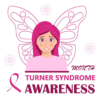

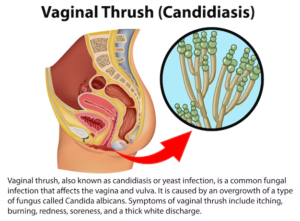
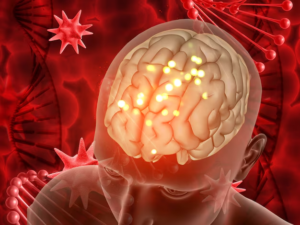
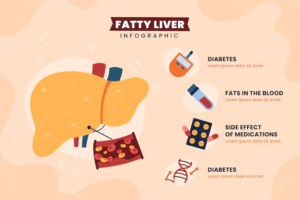
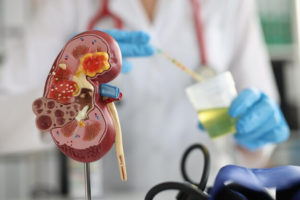
Leave a reply